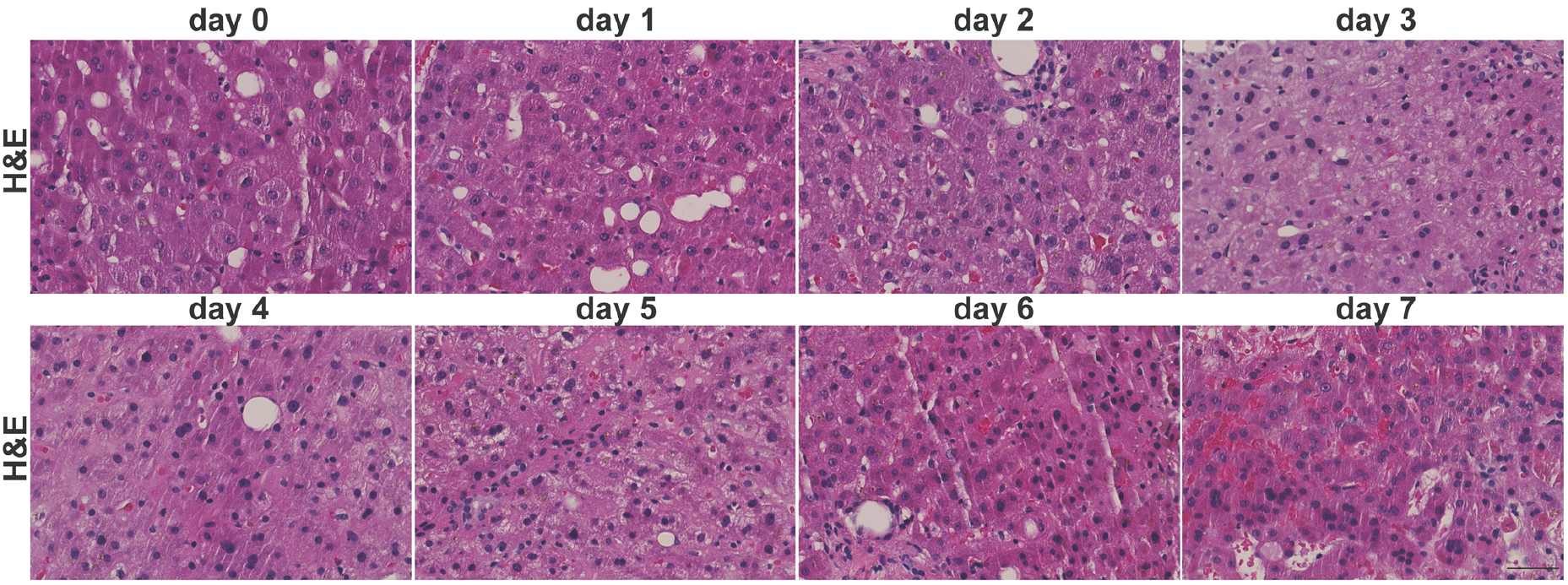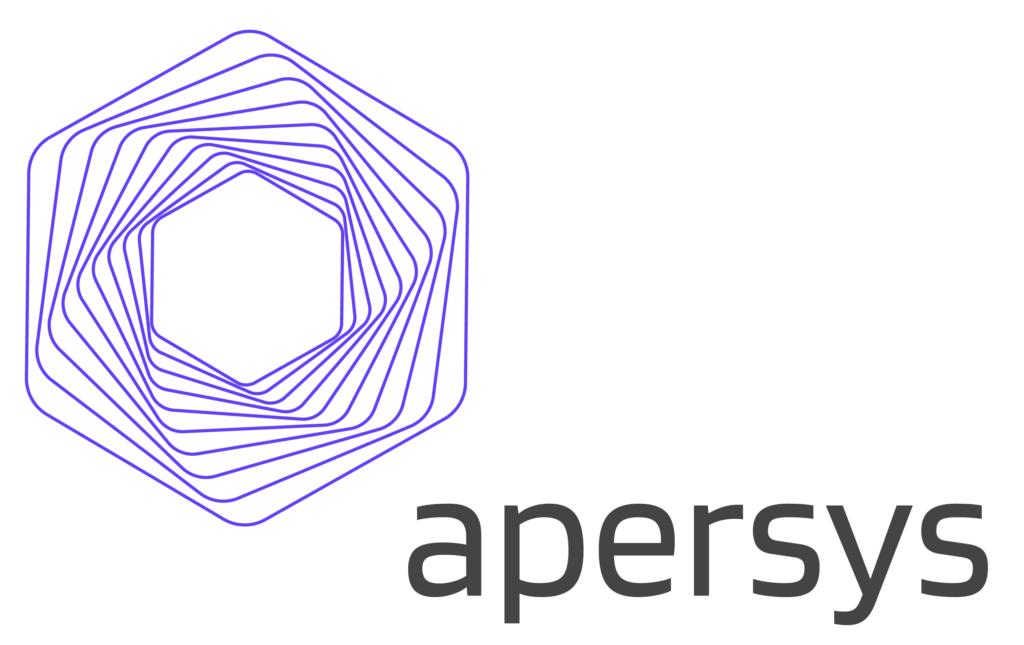The Apersys perfusion device enables successful pharmacological-induced defatting of human liver over 8 days perfusion.
Tuesday 02.04.2024
Fatty livers, a condition known as liver steatosis, are arising due to sedentary lifestyle and diet. Fatty livers are one of the main causes of declining liver organs for transplantation and their numbers are on the rise. Being able to maintain livers for a prolonged amount of time while performing treatment to remove fat holds the potential to transform these otherwise unsuitable organs into acceptable donor organs.
An interdisciplinary group of surgeons,
engineers, and biologists lead by the team of Prof. Wolfrum (ETH Zurich) has
identified an intrinsic mechanism, which involves Golgi PtdIns4P-mediated
regulation of adipose triglyceride lipase (ATGL)-driven lipolysis via
intracellular glucose sensing. The team tested pharmacological manipulation of
the Golgi PtdIns4P–CUL7FBXW8–ATGL axis in mouse models of simple hepatic
steatosis and metabolic dysfunction-associated steatohepatitis (MASH) showing
amelioration of steatosis. Furthermore, the same approach was tested on a
steatotic human liver during an 8-day perfusion demonstrating marked fat
reduction and suggesting that this pathway might be a promising target for MASH
or other steatotic liver diseases.

This landmark study emphasizes that fatty livers can undergo pharmacological treatment during long-term normothermic perfusion while maintaining normal function outside the body. In this study, a liver with 15% macrovesicular steatosis could be reduced to less than 5% macrovesicular steatosis without affecting organ function and maintaining a healthy liver tissue.
For more detail see full article.
